BREATHING AND MOVEMENT
Happy Friday to You!
I had a busy day teaching The Science Of Breathing and Movement yesterday here in Sydney. The students were motivated to learn and we had a lot of fun together.
I started my day early so I could review my slides but I found time to do a little Stork Walk session with Warren Williams before class started. Warren came to visit us and stayed for my workshop.
It was great to share the day with Warren.
We had a great class with attentive students all eager to learn about breathing. Here you can see me teaching my students how to use breath and movement to control their autonomic nervous system.
I showed them how the intensity, amplitude, and speed of movement of an exercise coupled with how you breath determines weather your sympathetic or parasympathetic nervous system is facilitated.
Here I’m demonstrating how to assess the tension of the abdominal wall and the diaphragm.
I showed my students how to feel for trigger points in the diaphragm muscle and how to correlate their findings with the individual’s diet, lifestyle, and psychological stressors.
There are many people in the world that have lost touch with how to use their diaphragm effectively when breathing. Because the diaphragm is the body’s chief biological pump, if the diaphragm stops working correctly, gland and organ function diminish.
I’m demonstrating how to use a water bottle as a biofeedback tool when teaching diaphragmatic breathing. I show video footage of me teaching this method and many others in my multimedia ebook, The Last 4 Doctors You’ll Ever Need – How To Get Healthy Now! This multimedia ebook is available to you at www.ppssuccess.com
I demonstrated how breathing regulates the muscles of the core and if breathing is incorrect relative to the demands on the body, performance diminishes rapidly and injury becomes much more likely through a partner push.
I demonstrated breathing methods I teach to competitive athletes to minimize injury risks and maximize performance.
As a means of demonstrating how powerful breathing cycles can be when performing athletic movements, I had my students toss balls and reverse the natural breathing order.
They were quite surprised how debilitating backward breathing is to their throwing performance and biomechanical efficiency.
Here I’m demonstrating how heavy loading required proper breathing. I’m showing my students that by taking a weight you can just get a repetition or two with, you can alter the breathing cycle and immediately feel the difference in both stability and performance.
I showed them several times throughout the day how the body must make a careful decision as to when to breath, and when to stabilize in order to prevent injury to vital structures.
My students were pretty surprised as they went through the course because many of them had been taught incorrect breathing methods (or none at all) in their training as exercise and healthcare professionals.
I think they were all very clear to know how to breath and move correctly by the end of the day and they left with first hand, practical knowledge they could use and rely on.
Cathy and Donall Carr did a great job organizing the event and we all had a great day.
Whenever you get a moment today, try putting one hand over your belly button and the other on your chest. Then, practice taking at least 2/3rds of the breath through your belly before your chest begins to move in the last 1/3rd. If you do this for several minutes daily, you will improve energy levels and support your digestive and detoxification systems.
I hope you all have a lovely weekend!
I’ll be teaching Scientific Stretching today and tomorrow, and then a little rest before we teach PPS 1234 Overcoming Addiction, Obesity and Disease Workshop.
Love and chi,
Paul Chek

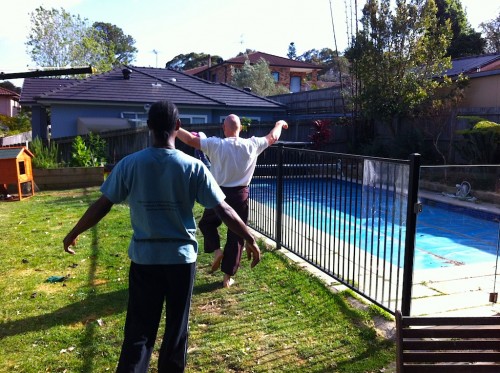
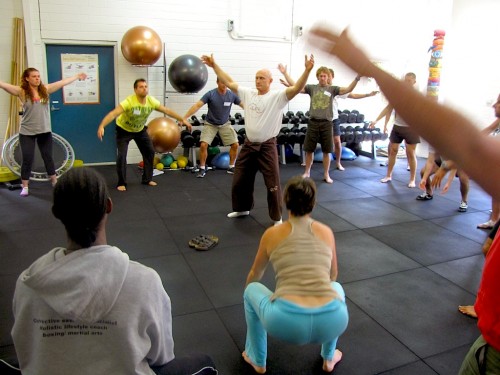
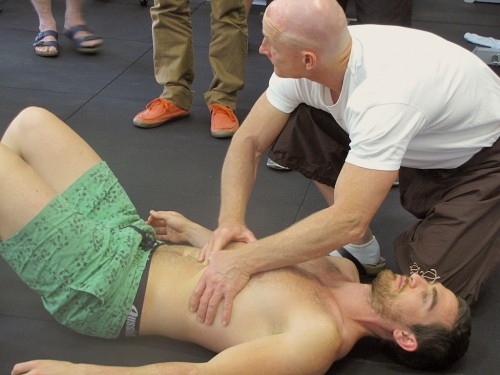
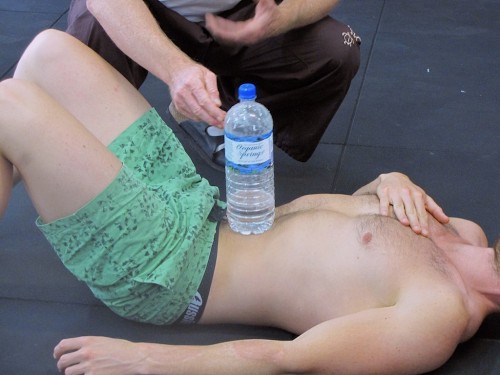
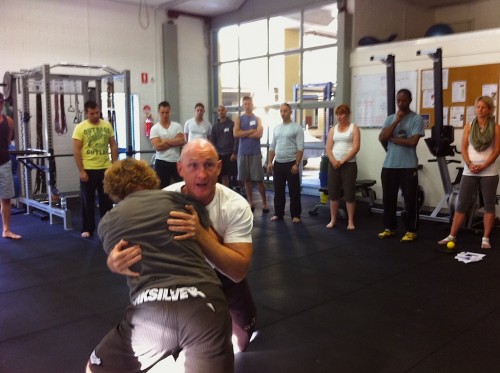
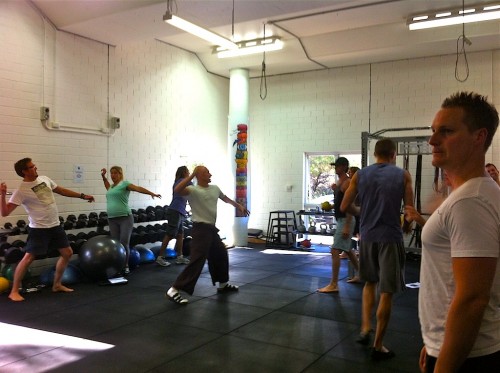
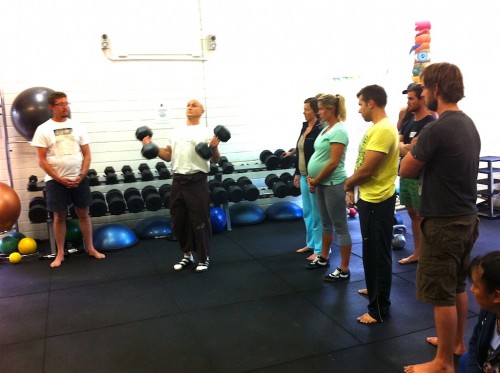

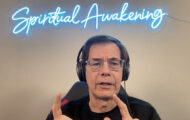











Find me on the web